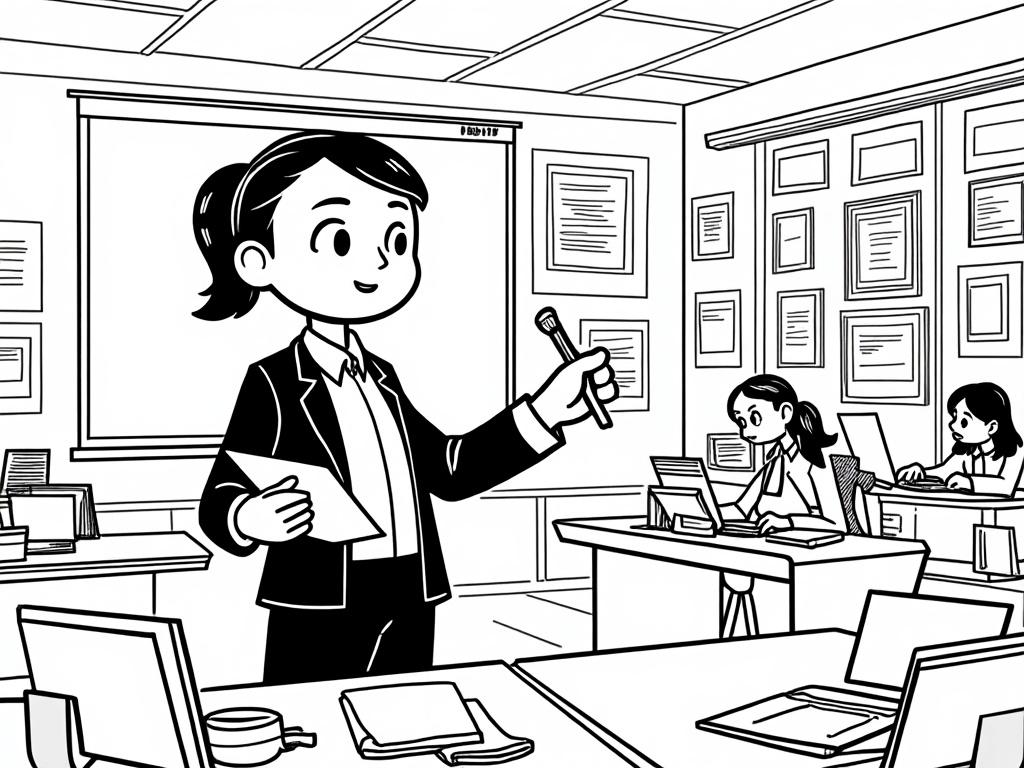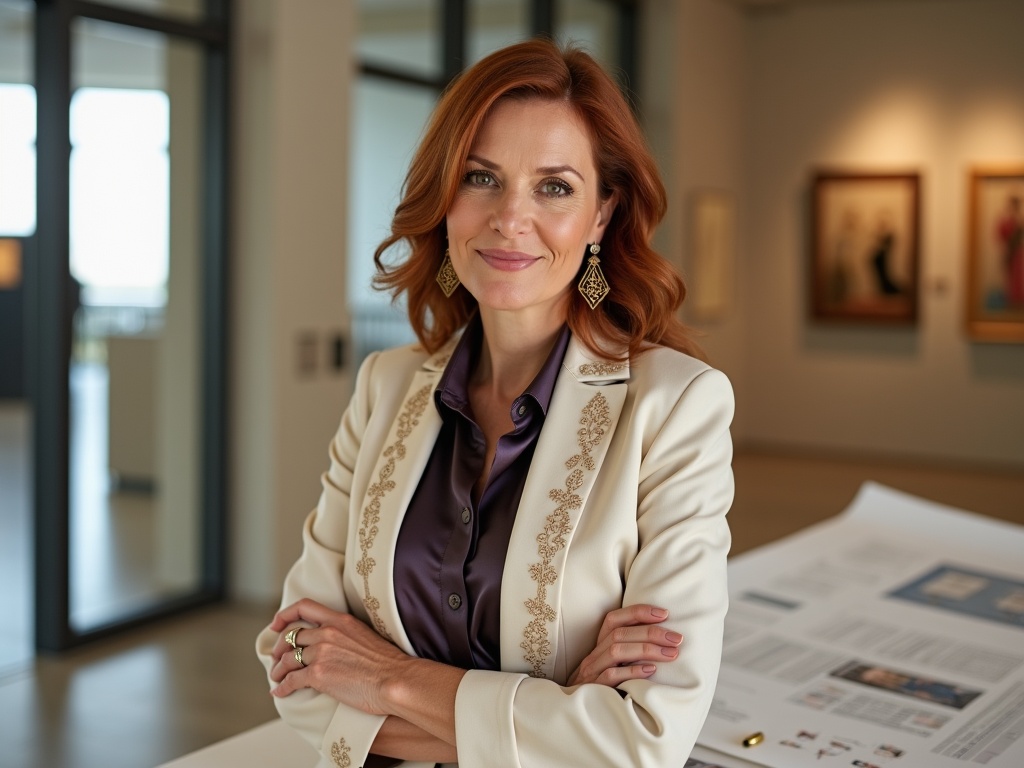
UAE’s Emphasis on Education: Why It Matters
Reading time: 8 minutes
Table of Contents
- The Vision Behind UAE’s Educational Revolution
- Strategic Investments Reshaping Learning
- Innovation Integration in Modern Curricula
- Global Positioning Through Educational Excellence
- Overcoming Implementation Challenges
- Measuring Educational Success: Key Metrics
- Building Tomorrow’s Educational Landscape
- Frequently Asked Questions
The Vision Behind UAE’s Educational Revolution
Ever wondered how a nation transforms from desert landscape to global knowledge hub in just five decades? The UAE’s educational journey isn’t just remarkable—it’s strategic, intentional, and absolutely game-changing.
Here’s the straight talk: The UAE didn’t accidentally become a regional education powerhouse. Behind every gleaming university campus and cutting-edge research facility lies a carefully orchestrated national strategy that views education as the ultimate competitive advantage.
Key Strategic Pillars:
- Knowledge-based economy transformation
- Cultural preservation through modern learning
- Global talent attraction and retention
- Innovation-driven curriculum development
The UAE Vision 2071 sets an ambitious target: making the country the world’s best by its centennial. Education isn’t just part of this vision—it’s the foundation. As Sheikh Mohammed bin Rashid Al Maktoum once stated, “The future belongs to those who can imagine it, design it, and execute it. Education is where we build that future.”
Cultural Integration Meets Global Standards
Picture this scenario: A young Emirati student studying artificial intelligence while simultaneously learning Arabic calligraphy. This isn’t contradiction—it’s intentional design. The UAE has mastered the delicate balance between honoring cultural heritage and embracing global knowledge systems.
The country’s bilingual education model ensures students are equally comfortable discussing quantum physics in English and classical poetry in Arabic. This dual competency creates graduates who can navigate international boardrooms while remaining rooted in their cultural identity.
Economic Diversification Through Human Capital
Well, here’s the reality: Oil revenues won’t last forever, and UAE leadership recognized this decades ago. The massive educational investments—over AED 10 billion annually—represent the country’s insurance policy against economic uncertainty.
By 2025, the UAE aims to have 70% of its workforce in knowledge-based sectors. This transition requires educational systems that produce critical thinkers, innovators, and problem-solvers rather than just job-seekers.
Strategic Investments Reshaping Learning
Let’s dive deep into the numbers that tell the real story. The UAE’s educational spending as a percentage of GDP consistently outpaces regional averages, but it’s not just about quantity—it’s about strategic allocation.
UAE Educational Investment Comparison (2023)
Infrastructure Excellence: More Than Buildings
The American University of Sharjah’s new campus isn’t just architecturally stunning—it’s a testament to how physical learning environments can inspire intellectual growth. With state-of-the-art laboratories, collaborative spaces, and sustainability features, these facilities signal the UAE’s commitment to 21st-century learning.
But here’s what most people miss: The real innovation lies in flexible design. Classrooms can be reconfigured in minutes, laboratories share resources across disciplines, and outdoor spaces integrate seamlessly with indoor learning environments.
Technology Integration: Beyond Digital Buzzwords
Ready to see how technology transforms education? The UAE’s approach goes far beyond providing tablets to students. The Emirates Schools Establishment has implemented AI-powered personalized learning platforms that adapt to each student’s pace and learning style.
Practical Implementation Examples:
- Virtual Reality History Lessons: Students explore ancient civilizations through immersive experiences
- AI-Powered Language Learning: Real-time pronunciation correction and conversation practice
- Blockchain Certification: Tamper-proof academic credentials recognized globally
- IoT-Enabled Laboratories: Real-time data collection and analysis for scientific experiments
Innovation Integration in Modern Curricula
Imagine walking into a classroom where students are simultaneously learning calculus, environmental science, and entrepreneurship through a single project: designing sustainable energy solutions for rural communities. This isn’t futuristic thinking—it’s happening right now in UAE schools.
STEAM Education: Science Meets Creativity
The UAE has moved beyond traditional STEM education to embrace STEAM—adding Arts to Science, Technology, Engineering, and Mathematics. This integration recognizes that innovation requires both analytical thinking and creative expression.
At the American School of Dubai, students in the “Future Cities” program combine urban planning, environmental science, and artistic design to create sustainable city models. These projects aren’t just academic exercises—they’re contributing real solutions to urban development challenges.
Entrepreneurship as Core Curriculum
Here’s something fascinating: UAE high school students can now earn academic credit for launching actual businesses. The “Young Entrepreneurs” program, piloted in Abu Dhabi schools, provides mentorship, seed funding, and market access to student startups.
One standout example: Fatima Al-Zahra, a 17-year-old from Dubai, developed a water purification system using locally sourced materials. Her prototype, created as a school project, is now being tested by the Dubai Municipality for potential citywide implementation.
Global Positioning Through Educational Excellence
The UAE isn’t just competing regionally—it’s positioning itself as a global education destination. With over 50 international university campuses and partnerships with institutions like NYU, Sorbonne, and MIT, the country has become the “Silicon Valley of Middle Eastern education.”
| Educational Metric | UAE (2023) | Regional Average | Global Benchmark |
|---|---|---|---|
| International Student Enrollment | 45% | 18% | 25% (US) |
| Research Output Growth | 340% | 120% | 180% (Singapore) |
| Graduate Employment Rate | 89% | 67% | 85% (Germany) |
| Digital Learning Adoption | 92% | 54% | 78% (South Korea) |
| Innovation Index Score | 36.3 | 24.7 | 64.6 (Switzerland) |
Brain Gain Strategy: Attracting Global Talent
The UAE’s Golden Visa program for exceptional students and researchers has created a powerful talent magnet. Unlike traditional student visas, these long-term residency permits allow recipients to build careers and contribute to the country’s knowledge economy.
Dr. Sarah Mitchell, a MIT-trained AI researcher who relocated to Abu Dhabi, explains: “The UAE offers something unique—unlimited research funding, minimal bureaucracy, and a government that genuinely values scientific innovation. I can focus entirely on my research without worrying about visa renewals or funding cycles.”
Overcoming Implementation Challenges
Let’s be honest: Transforming an entire educational system isn’t without obstacles. The UAE has faced significant challenges, but their approach to problem-solving offers valuable lessons for other nations.
Challenge 1: Balancing Tradition with Innovation
The Problem: How do you modernize education while preserving cultural identity?
The Solution: The UAE developed a “Cultural Bridge” curriculum that integrates traditional knowledge with contemporary learning. Students study Islamic finance alongside global economics, and Arabic literature alongside world literature.
Pro Tip: The key isn’t choosing between tradition and innovation—it’s finding creative ways to make them complement each other.
Challenge 2: Teacher Preparedness for Digital Learning
The Problem: Many experienced teachers struggled with rapid technology integration.
The Solution: The “Digital Mentor” program pairs tech-savvy young teachers with experienced educators, creating mutual learning opportunities. Additionally, mandatory digital literacy certification ensures all teachers meet minimum technology standards.
Practical Implementation:
- Gradual technology rollout with extensive support
- Peer-to-peer learning networks
- Continuous professional development programs
- Recognition and incentives for digital innovation
Challenge 3: Quality Control Across Diverse Institutions
With over 50 international university campuses, maintaining consistent quality standards seemed impossible. The UAE Education Council developed a comprehensive accreditation system that’s both rigorous and adaptable to different educational philosophies.
Measuring Educational Success: Key Metrics
How do you measure the success of educational transformation? The UAE has developed sophisticated metrics that go beyond traditional test scores to capture real-world impact.
Innovation Output Metrics
Since 2019, UAE universities have produced over 2,400 patents—a 450% increase from the previous decade. More importantly, 67% of these patents have commercial applications, indicating that research is translating into economic value.
Global Competitiveness Indicators
UAE students now rank in the top 25% globally in problem-solving assessments, and the country has climbed 15 positions in the Global Innovation Index since 2015. These improvements reflect the emphasis on critical thinking and creative problem-solving in educational curricula.
Success Story: The Mohammed bin Rashid Space Centre’s Mars mission team included 34% UAE nationals—most of whom were educated entirely within the country’s reformed educational system. This achievement demonstrates how educational investments translate into national capability.
Building Tomorrow’s Educational Landscape
The UAE’s educational journey is far from complete. As we look toward 2030 and beyond, several transformative trends are already taking shape that will redefine learning in the region and globally.
Your Strategic Action Plan:
1. Embrace Lifelong Learning Mindset
The half-life of technical skills is now just 2-5 years. UAE’s Continuous Learning Initiative provides micro-credentials and nano-degrees that allow professionals to update skills without career interruption. Consider how you can integrate continuous learning into your personal or organizational development strategy.
2. Leverage Cross-Cultural Competencies
With 200+ nationalities represented in UAE educational institutions, graduates develop unprecedented cross-cultural fluency. This global perspective becomes increasingly valuable as businesses operate across borders. Seek opportunities to engage with diverse perspectives and international collaborations.
3. Develop Hybrid Skills Portfolio
The future belongs to professionals who combine technical expertise with creative thinking, cultural sensitivity, and entrepreneurial vision. UAE’s integrated curriculum model provides a blueprint for developing these hybrid competencies. Identify areas where you can bridge traditional silos in your field.
4. Contribute to Knowledge Economy Growth
Whether you’re an educator, student, parent, or professional, you can participate in the UAE’s knowledge revolution. Consider how your expertise might contribute to research, innovation, or educational improvement initiatives.
5. Stay Connected to Global Trends
The UAE’s educational success stems partly from its ability to anticipate and adapt to global changes. Regularly assess how international developments in technology, economics, and society might impact educational needs and opportunities.
The UAE’s educational transformation offers a compelling model for how nations can strategically invest in human capital to secure their future prosperity. As artificial intelligence reshapes industries and climate change demands innovative solutions, countries with strong educational foundations will have distinct advantages in navigating these challenges.
What role will you play in shaping the next chapter of educational innovation? The UAE’s example shows that with vision, investment, and strategic implementation, even the most ambitious educational goals are achievable.
Frequently Asked Questions
How does UAE’s education system compare internationally?
The UAE ranks 21st globally in the World Economic Forum’s Human Capital Index and has achieved remarkable progress in international assessments. UAE students now perform above OECD averages in several key areas, including digital literacy and collaborative problem-solving. The country’s rapid improvement—climbing 18 positions in global education rankings since 2010—reflects systematic reforms and substantial investments in educational infrastructure and teacher development.
What makes UAE’s bilingual education model effective?
The UAE’s bilingual approach succeeds because it treats Arabic and English as complementary rather than competing languages. Students develop academic proficiency in both languages through content-based instruction, where subjects like science and mathematics are taught bilingually. This model produces graduates who can think critically in both languages and navigate global professional environments while maintaining strong cultural identity. Research shows that UAE bilingual graduates demonstrate enhanced cognitive flexibility and cultural adaptability compared to monolingual peers.
How can other countries learn from UAE’s educational transformation?
The UAE’s success offers several transferable lessons: First, treat education as a long-term strategic investment rather than an annual budget line item. Second, balance global best practices with local cultural values rather than simply importing foreign models. Third, invest heavily in teacher development and technology infrastructure simultaneously. Finally, create systematic feedback loops to measure progress and adjust strategies. The key is maintaining consistent political commitment to educational excellence across multiple government cycles while remaining flexible in implementation approaches.

Article reviewed by Charlotte Hughes, Wealth Preservation Strategist | Legacy & Multi-Generational Planning, on June 4, 2025




